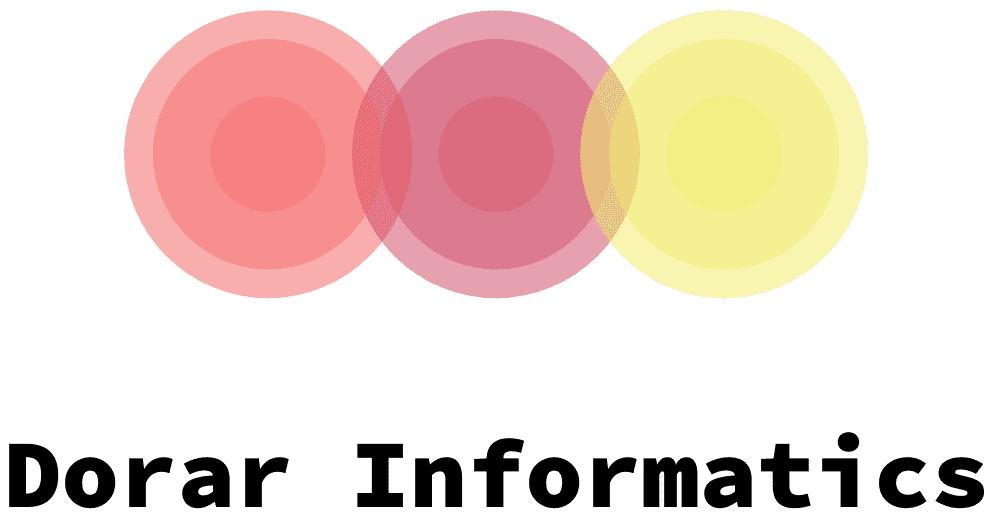If you are trying to purchase insurance, you should be aware of the differences in the types of insurance that are available, as well as what the limits are on these types of insurance. You will also need to consider whether or not you should choose a self-insured plan or a tiered network, as well as whether or not you should choose a life insurance plan or a universal life plan.
Limits of insurance
A limit is a maximum amount that an insurance company will pay for a claim. These limits vary by company and can be applied to a variety of different types of coverage.
Some policies will have special limits imposed on specific items, and these limits will be mentioned in the policy wording. Choosing the right limits can help you avoid having a devastating financial loss.
The general rule of thumb is that the lowest cost option isn’t always the best choice. Depending on the type of coverage you have, you might want to consider getting a more expensive policy.
Limits of liability are a part of many professional liability insurance policies. Insurers will often offer the chance to raise or lower these limits.
One of the most important aspects of these limits is their effect on how you will be paid for a claim. For example, if you have a $250,000 policy and are sued for damages, you may only receive $255,000. Having the largest available limit will help you get the most for your money.
Another type of limitation is a sublimit. A sublimit is a particular type of coverage, usually a percentage of the limit.
Special limits are more complex. They are meant to keep insurance prices affordable for the general public, but they might not be the best way to go if you are a freelancer or a self-employed professional.
As with any type of insurance, you need to determine the appropriate level of coverage for your needs. If you have a small family, a $200 cash limit might not be enough. You might need a bigger one, or you might want to supplement your policy with additional riders.
Self-insured vs Tiered Network
It is no secret that US employers play a crucial role in the health care financing space. They have the means to control health care costs while creating value for themselves and their employees. The trick is to do it right. Whether it is finding the most cost-effective health plan or using an insurance broker to get the most bang for your buck, a self-insured employer should be able to do it. This is especially true in the era of Obamacare.
Tiered network insurance is an obvious choice for many employers. There are many variations of the product to choose from, ranging from a free for all to a tiered membership program. Many large and small firms use the products to attract and retain top talent. A well-defined health care plan can help employers focus on the tasks that are most important while keeping the rest in check.
Using a tiered network can lower the overall cost of care while at the same time creating a more standardized experience for the patient. Depending on the plan, enrollees may be required to pay a higher co-payment for out-of-network care, or use their own monies to pay for care in-network. Using a tiered network can also improve overall patient satisfaction. To ensure a happy and healthy employee population, a self-insured employer may consider consulting a health care consultant to find out more about the most efficient product for their organization. These consultants can help employers navigate the pitfalls of the ACA, as well as suggest the most cost-effective solutions for their specific needs. Most companies have more than one plan, so it makes sense to compare them to find out which plan is most suitable for your business.
Managed care plans
A managed care plan is a health insurance plan that is designed to improve the quality of healthcare while reducing costs. These plans often cost more than a point of service (POS) plan, but they have the advantages of flexibility and fewer out-of-pocket expenses.
Managed care plans work much like traditional private health insurance. They use a network of health providers to deliver care to members. However, these plans can be confusing to learn.
There are three main types of managed health care plans. The most popular is Preferred Provider Organization (PPO).
This type of plan allows for more choice in provider selection. Unlike an HMO, PPOs do not require patients to see a gatekeeper physician before they can choose a specialist. It also may cover a portion of the cost of care outside the network.
Managed care plans also have economic incentives for physicians. For instance, they may offer discounted rates for in-network doctors. Similarly, the plan sponsor may provide a list of primary care physicians.
In order to receive the best possible care, individuals should make sure to check the preferred providers for their plans. If they don’t, they might be stuck paying more out-of-pocket for care from a non-preferred physician.
Many medical offices also have physician extenders. Physician extenders are doctors who work on more complex problems. This can help physicians focus on the patient’s needs while reducing administrative costs.
There are several other types of health care plans, including those that have a low deductible or high deductible. Each of these plans has their pros and cons, so it’s important to understand them before making a decision.
Whole life vs universal life
Choosing the best life insurance plan is a decision that should be based on a wide variety of factors. It depends on your needs, your lifestyle and your family structure. A financial advisor can help you select the most suitable plan for your particular situation.
While both whole life and universal life are great options, they are different. Whole life is more stable and provides a guaranteed cash value accumulation. On the other hand, universal life offers flexibility in terms of premium payments, death benefit amounts and cash value investment.
If you need a guaranteed death benefit, then whole life might be the right choice. But if you are looking for a policy that allows you to build your own cash value, then you should consider universal life.
Universal life is often described as the “adjustable” life insurance plan because of its flexibility in premium payment, death benefit amount and cash value investment. The perks of these plans include being able to choose the death benefit amount you want, varying your premium payments, partial withdrawals from your cash value account, and the ability to invest in your own investments.
However, the risk of a universal life policy is much greater than a whole life one. Interest rates and the value of your investments can be affected by the market and may impact the performance of your policy. Also, your cash value can be reduced if you make repeated withdrawals.
You should also know that while a universal life policy may offer more flexible payments, it can also come with a higher cost. Despite these benefits, it is still a good idea to compare quotes from a variety of companies before committing to a specific life insurer.
Auto insurance
Auto insurance is a contract that the driver and the insurance company enter into to protect the driver’s vehicle. The policy also pays for medical expenses and other related costs if the driver is involved in an accident. It is important to understand what coverage options are available so you can choose the right auto policy for your needs.
Some states require drivers to carry insurance. Depending on your state, you may need to purchase minimum coverage limits or choose a higher amount to ensure that you are covered in the event of an accident.
Almost every state requires you to carry liability coverage. This type of coverage pays for damages caused to other people and their property. Liability coverage can also pay for the other person’s medical expenses, funeral costs and legal fees.
Comprehensive coverage pays for damage to your car if it is damaged in a collision or if an animal hits it. Other covered perils include natural disasters, falling objects and hail damage.
Uninsured/underinsured motorist coverage provides coverage for you and others if you are hit by an uninsured or underinsured driver. These policies can also cover your own medical expenses if you are injured in an accident.
You can also choose to have medical payments coverage for passengers in your car. Medical payments coverage reimburses you for the expenses of treating injuries to any of your passengers.
Depending on your state, you may be required to carry personal injury protection (PIP). PIP coverage pays for your own medical expenses and those of your passengers, no matter who is at fault in the accident.
Your driving record is an important factor in determining how much you will pay for your auto insurance. A good driving record can help you get a lower rate, but a poor record can cost you up to three times more.

